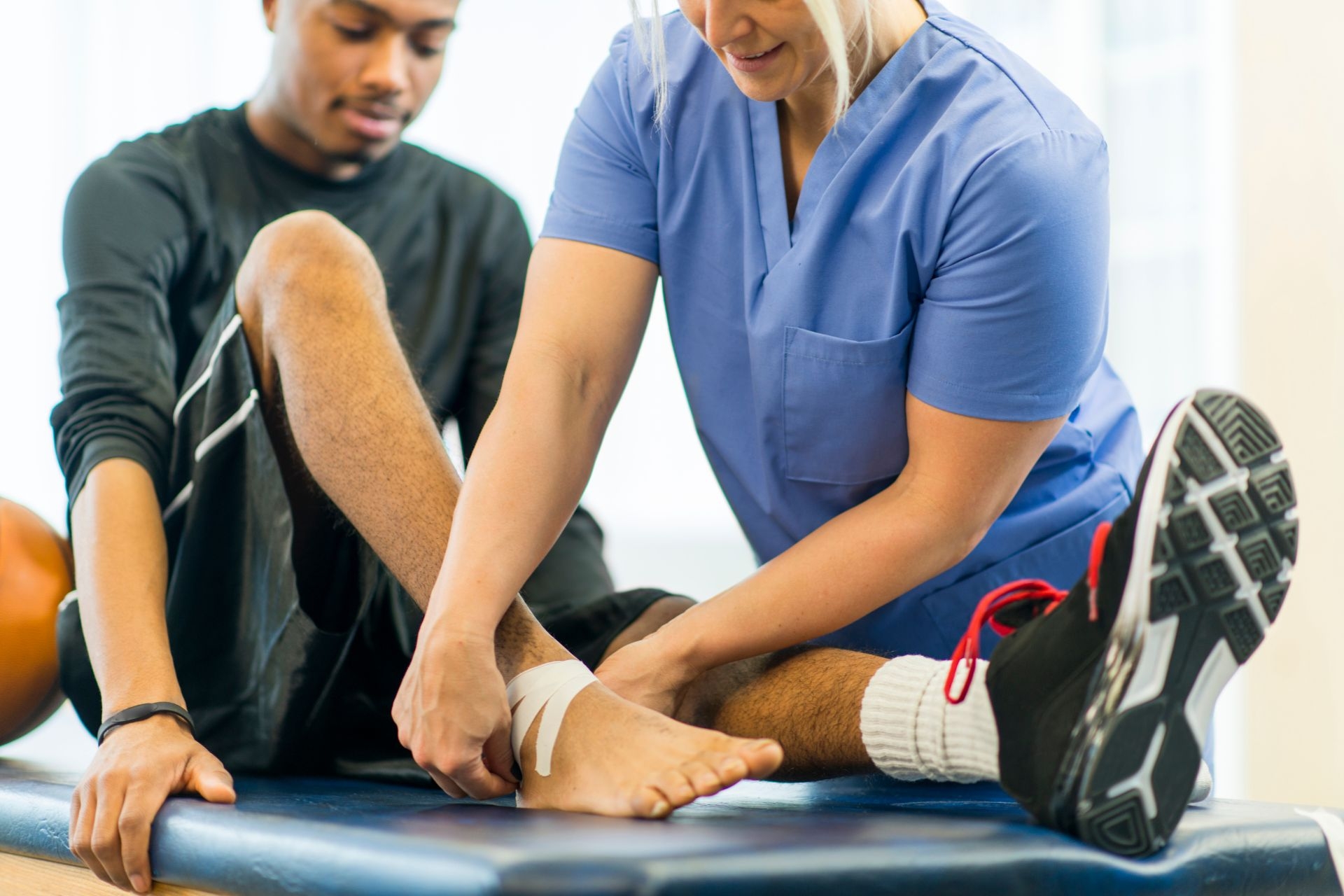Ultrasound Therapy
How does ultrasound therapy help with tendonitis?
Ultrasound therapy is a non-invasive treatment that can help with tendonitis by promoting tissue healing and reducing inflammation in the affected area. The high-frequency sound waves generated by the ultrasound machine penetrate deep into the tissues, increasing blood flow and promoting the body's natural healing process. This can help to reduce pain, swelling, and stiffness associated with tendonitis, allowing the affected tendon to heal more effectively.



